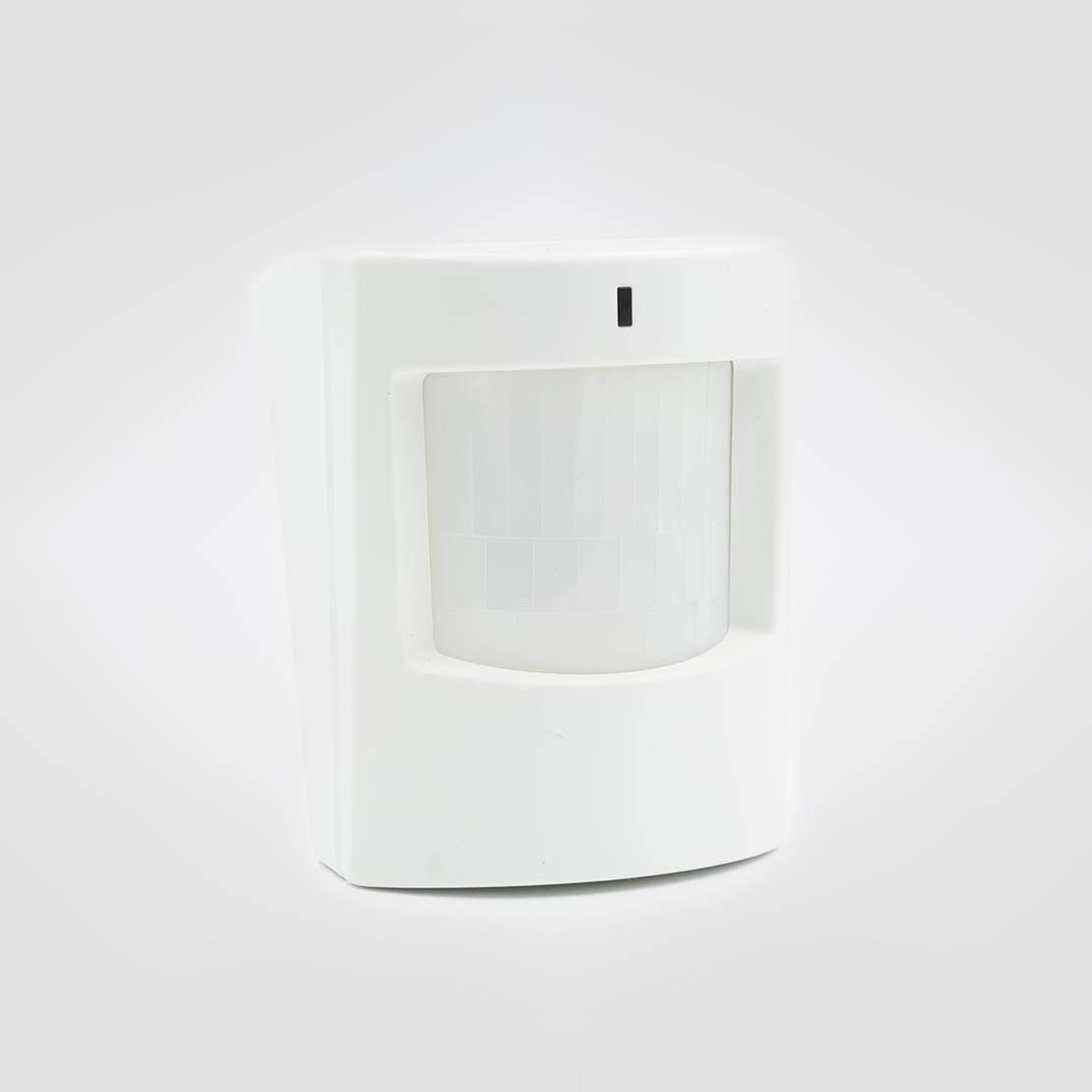This article was previously published on April 15, 2014 and updated for comprehensiveness and accuracy.
Neighborhood watch programs sprouted in the late 1960s and have become increasingly popular across the country ever since. Today, these groups vary in size and leadership. Some are led by neighborhood associations or community associations, while others run under the National Sheriffs Association. In all cases, neighborhood watch associations contain organized groups of citizens committed to protecting their neighborhoods against crime.
Creating a neighborhood watch program isn't as difficult as you might expect. Despite the time and effort, there are many benefits to starting a neighborhood watch. Below is our introductory guide on how to start a neighborhood watch program and how you can expect it to improve your community and family’s safety.
Before reading, you must understand that a neighborhood watch program is NOT a substitute for local law enforcement, nor should you ever directly engage potential criminals for your own personal safety and wellbeing. Leave it up to the professionals when you suspect crime.
How to Evaluate Your Neighborhood’s Safety
An unfortunate truth in the world is there are few areas free of crime. The community is just as important to your safety and wellbeing as the home itself. A look at your neighborhood’s demographics, crime history, and police presence will give you a good idea of its safety.
Whether you plan to move or want to know about the crime rate around your current neighborhood, you can do research on local crime statistics. There are many online tools available to help provide a detailed picture of a neighborhood’s overall safety. Websites like SpotCrime and CityProtect show you specific crime incidents that happened around your area and when they occurred. Additionally, Megan’s List from the United States Department of Justice allows you to look up registered sex offenders in your area.
Some neighborhoods also have supplementary safety amenities in addition to a police force. Ask around and see if your neighborhood has auxiliary police, a neighborhood safety patrol, or a neighborhood watch program already in place. These safety institutions can cover areas where police may run thin and provide you with additional peace of mind.
The best way to evaluate a neighborhood is by experiencing it first-hand. Walk around—both during the day and at night—to get a feel for the atmosphere and people. While observing, take note of streetlights, how many patrol cars you see, the amount of foot traffic and the general camaraderie of neighbors. After surveying the neighborhood, ask yourself: “Do I feel safe?” Even if crime stats indicate a secure neighborhood, if your gut is saying it is unsafe, listen.
How to Create a Neighborhood Watch Program
The first thing you can do to create a neighborhood watch program is to reach out to neighbors. Maybe they share the same concerns about crime in the community. Talking to neighbors allows you to gauge their interest and willingness to commit to a watch program. A watch program is only as strong as the people involved, so you want to make sure individuals are committed.
If you’re able to form a reliable coalition, you’ll want to start organizing community meetings. This is your opportunity to meet and discuss in more depth on differing perspectives, as well as potential crime prevention tactics and strategies. You can also use these meetings to recruit more people to the watch program, and to get them more involved in the community.
Organized meetings should be held in a space that can accommodate large groups of people. The space should have an atmosphere conducive to learning, and it should have video access for training videos. Consider locations such as libraries, schools, community recreation centers, or members’ homes as valid options. Keep your neighborhood watch meetings engaging to keep members interested, as well as to make organization efforts more effective.
Group leaders should also seek training from local enforcement officials to facilitate the watch group strategy and best practices. It’s important to remember that your watch program is not a substitution for the police; it’s an extra pair of eyes to assist local law enforcement. It’s also important to create a communicative relationship with local authorities to ensure the establishment of an effective program.
Benefits of a Neighborhood Watch Program
1. Creates a Safer Community
The most obvious reason to organize a neighborhood watch program is to prevent crime. Groups that meet and communicate regularly are the most effective at reducing incidents. To get the most out of your group:
- Define a group objective and hold regular meetings where individuals can get to know each other.
- Work with the local police department to better understand common crimes, warning signs, and best practices for action. Your group should have a law enforcement liaison to ensure all parties are working toward a shared goal.
- Tailor action plans based on the unique needs of your neighborhood. Specific activities may include, but are not limited to, organizing citizen patrols to support law enforcement officers, hosting crime prevention training, implementing a phone or email tree in case of emergency, providing victim support services, and/or assessing homes or businesses for vulnerabilities.
- Establish a consistent communication channel to keep all parties informed. This could be an email list, newsletter, website, or Facebook group.
- Assign a block captain for every 10-15 houses to gather and disseminate information between neighbors in their assigned area.
- Seek opportunities to educate residents on how to spot suspicious activity and how to alert the group or authorities appropriately.
- Publicize your program and put-up signs that warn criminals and encourage neighbors to join.
2. Creates Awareness and Community Comradery
Another benefit of a neighborhood watch program, and a direct result of crime prevention, is a more connected community. Vigilant neighbors can stop crime and keep residents safe, while making the neighborhood a more welcoming environment. Here’s how you can do your part:
- Contact authorities if you see someone in trouble; or illegal, suspicious, or unusual activity. Be specific in your observations.
- Learn your neighbors’ schedules. They may have jobs that require them to be away from their homes during the day. Single-home dwellings are more likely to be targeted during the day between noon and 4 p.m. If you notice something that seems off, discuss it with your neighbor or ask questions.
- Share concerns openly with your neighbors. Work together to problem solve situations that arise.
- Watch out for each other’s houses while away. If a neighbor will be out of town, offer to collect mail, mow a lawn, or shovel the sidewalk while they are gone.
3. Brings to Light Other Important Community Issues
Neighborhood watch programs can also provide an opportunity to discuss other important topics, such as animal control issues or vehicle safety concerns. Use your group as an avenue to collect opinions and ideas related to community concerns at large, and work as a team to solve problems.
Whether it’s increasing safety, a neighborhood beautification project, or winter emergency planning, the possibilities for your neighborhood watch group to support other areas of concern are endless.
What a Home Security System Can Add to Your Community
There is no universal way to start a neighborhood watch program, and by no means is this an exhaustive guide covering everything you need to know about community safety. There are many nuances and intricacies to keeping yourself and community protected with a neighborhood watch, which is why it’s essential to talk to law enforcement and security experts to gain their insights.
While neighborhood watch programs can have a positive impact on your community, they do not protect your home with the same efficiency and consistency that a professionally monitored home security system would. Employing both is ideal for communities, as home security can contribute to neighborhood safety.
But remember, don’t confuse a safe neighborhood with a safe home. That’s why it is important to talk to home security experts like the ones at Vector Security. We can show you everything a home security system can bring to your family and community. If you would like to learn more about the benefits of a home security systems and its effectiveness towards crime prevention, feel free to contact us today.



